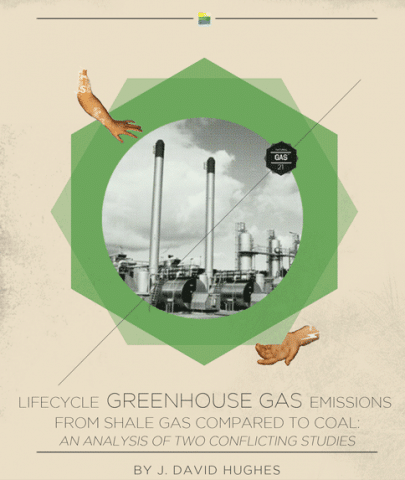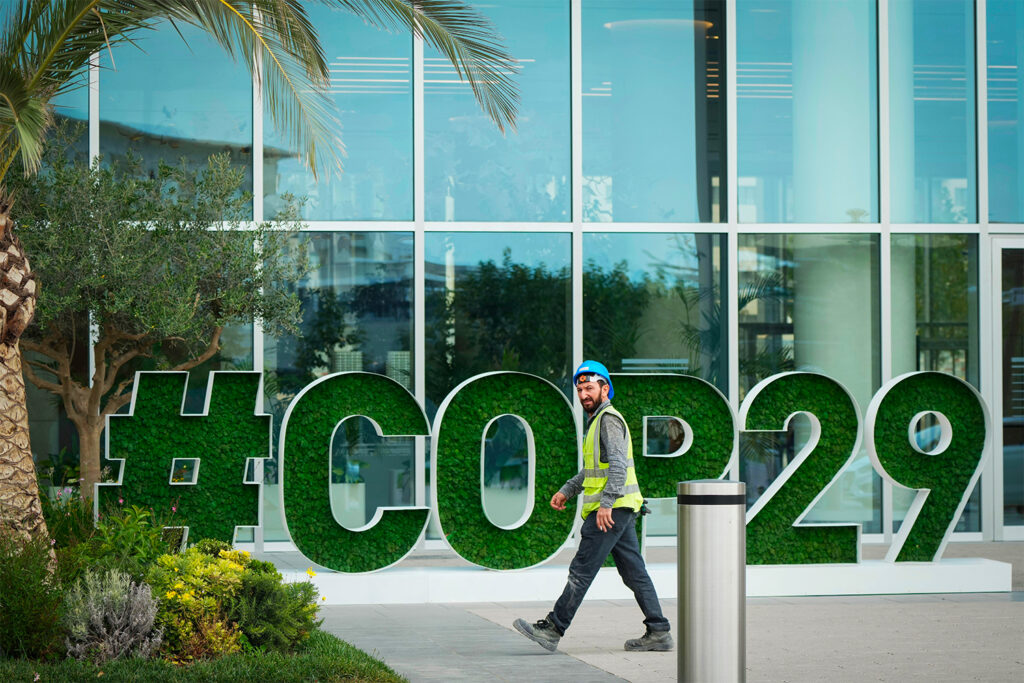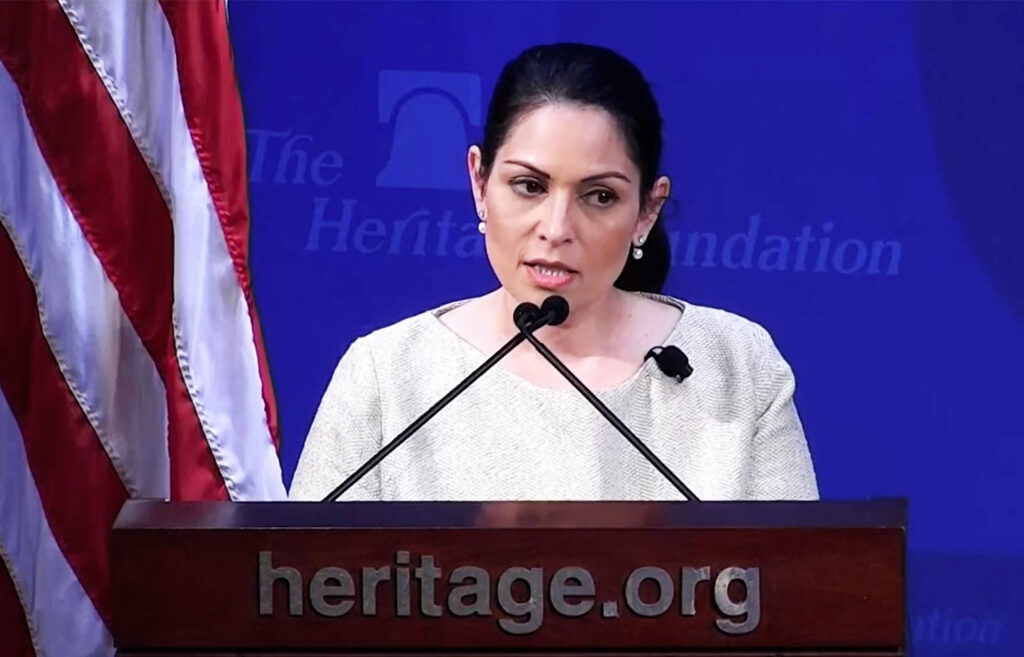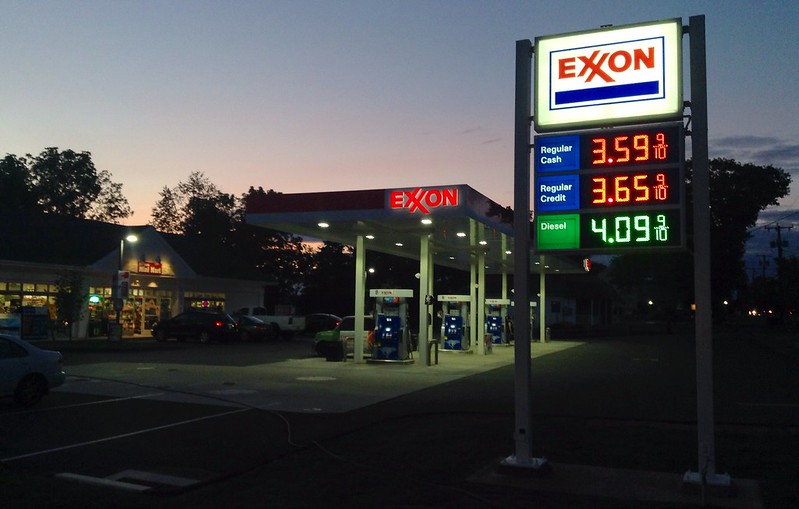Shale gas cannot provide a low carbon “interim” fuel for the transition to a clean energy future, according to David Hughes, fellow at the Post Carbon Institute (PCI). Gas advocates have long advertized unconventional gas as a clean alternative to coal and other polluting fossil fuels. But the cleanliness of unconventional gas is challenged by others who claim that lifecycle greenhouse gas (GHG) emissions from shale gas are in fact higher than coal.
One such claim, maintained by a group of scientists from Cornell University led by Dr. Robert Howarth, puts shale gas GHG emissions 20 to 100 percent higher than coal on a 20-year timeframe. Their study, published in the peer-reviewed Climactic Change Letters, has received enormous criticism from the gas industry and its supporters. Several reviews have challenged the integrity of the Cornell study, including a presentation given by scientist Timothy Skone from the National Energy Technology Laboratory (NETL). According to Skone, GHG emissions from gas are 48 percent lower on a 20-year timeframe.
In an analysis entitled “Lifecycle Greenhouse Gas Emissions From Shale Gas Compared to Coal,” Hughes compares the two conflicting conclusions to get to the source of the disparity. With a little number crunching, he discovers that there may be less of a disagreement than meets the eye.
The difference can be accounted for, writes Hughes, by taking a closer look at each report’s methodology and considering the veracity of their numbers. Selective data usage is significant for the outcome of any study, he says, and “depending on input assumptions, one can get any answer one wants out of the analytical process.”
The Cornell report limits its scope to shale gas, which is projected to account for 40 percent of all U.S. production by 2035. The emissions rates for shale gas production are significantly higher than those from conventional gas. The NETL presentation, in distinction, examines averages from all forms of gas: conventional, coalbed methane, tightsand and shale.
And while the Cornell study considers all aspects of extraction, processing, transmission, storage and distribution to arrive at a fugitive methane rate of 3.6 to 7.9 percent of total production, the NETL presentation estimates overall fugitive methane emissions at 1.52 percent, an amount that excludes distribution emissions. The lower percentage also assumes that gas producers use flaring techniques more frequently than venting, which will significantly reduce GHG impacts.
The NETL figure, says Hughes, is a surprising 31 percent lower than EPA inventory data.
NETL does not cite all of its sources and uses numerous figures for emission rates and total production estimates that differ significantly from those of the Environmental Protection Agency (EPA), Government Accounting Office (GAO) and the Energy Information Administration (EIA). The emission assumptions for the Cornell study, although at times criticized for differing from federal estimates due to data scarcity, are explicitly laid out in their peer-reviewed article.
Hughes’ analysis demonstrates that were the NETL methane emission figures revised to reflect those reported by the EPA, the presentation’s emission findings would change drastically, jumping up to 3.31 percent, almost approaching the low end of 3.6 percent reported by the Cornell team.
Methane emissions are usually understood as percentages of total production. By assuming much higher production rates than the Cornell team, Skone arrives at significantly lower emissions percentage. The NETL presentation estimates that 3 billion cubic feet are ultimately recovered from an average well while the Cornell study averages 1.24 bcf for an average shale gas well, a number supported by EPA estimates.
When Hughes adjusted the NETL figure to reflect EPA production and emission rates, he found that the presentation’s final numbers are “comparable” to the Cornell study, and are actually a bit higher.
Hughes has more to say about the integrity of the Cornell study, but in the end demonstrates that, no matter how you look at it, the dream of clean unconventional gas is increasingly difficult to support.
Subscribe to our newsletter
Stay up to date with DeSmog news and alerts







